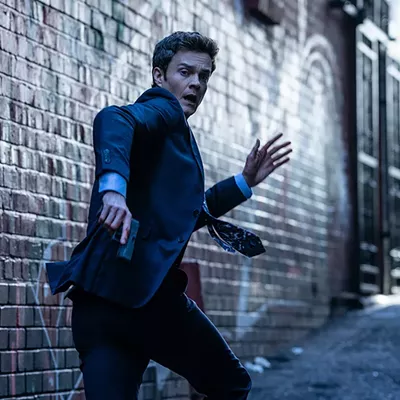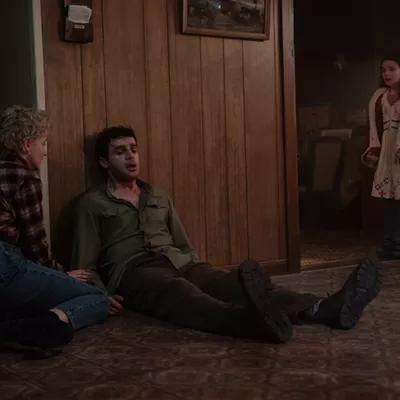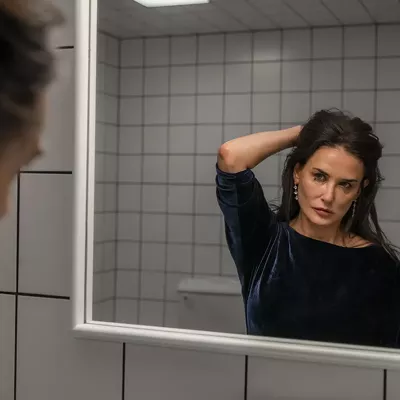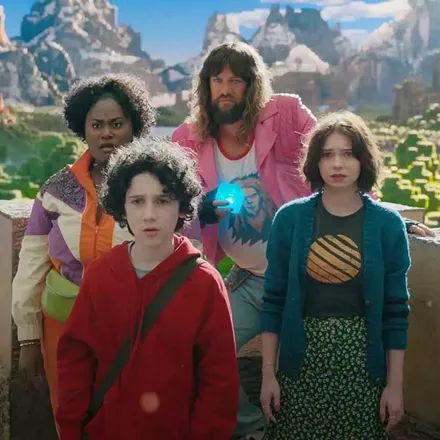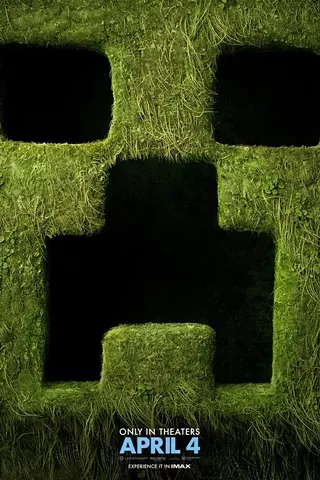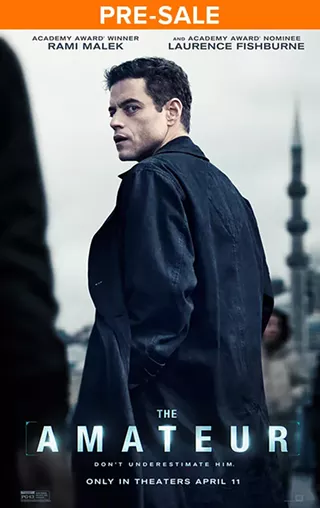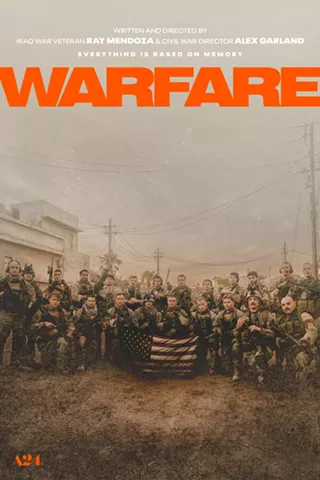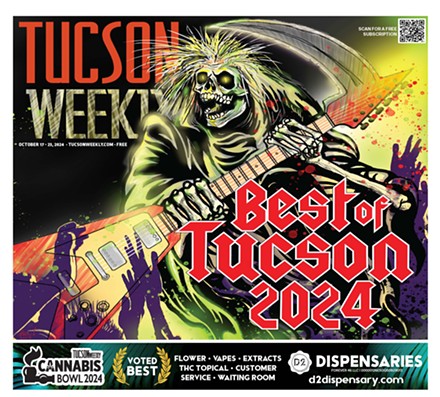Brothers starts off with the Ken Russell footage: Jonathon Pryce is a lawyer seeking the conjoined twins who live on the island of L'estrange Head. The quintessential Ken Russell shot of misty moors and gloomy skies is interrupted by a clapperboard and an off-screen voice yelling, "Cut."
Switch to interview with Ken Russell himself, who talks about trying to make a film about Tom and Barry Howe, conjoined twins who were scooped up in their 17th year by rock promoter Zak Bedderwick. Bedderwick, facing a string of failures after his latest band flamed out in drugs and suicide, plans to turn the twins into a novelty act. So it seems that this is a mockumentary which features a film within a film.
But then the film switches to footage from an unfinished 1975 documentary about the brothers, and interviews with the filmmaker of that work. So it's a two films within a film, one of which is a mockumentary within a mockumentary. Bonus!
But also: Brothers of the Head is based on a novel of the same name by Brian Aldiss. And Brian Aldiss appears in the film and mentions the novel as the basis of the story. So it's two films within a film within a novel that's within the film.
While the hall-of-mirrors trick is what the young hipster kids call "nice," Brothers is far more than a game of what's real. It's an emotionally intense, ingeniously filmed story that features smart directorial choices and painfully effective acting.
Brothers Harry and Luke Treadaway are uncanny in the lead roles. Harry plays Tom Howe, the quiet, introspective, heterosexual twin on the starboard side. Luke plays Barry Howe, the angry and unruly port-side brother. Thrust into the world of mid-'70s rock, they take the pop-hippie aesthetic they've been handed and turn it into vicious proto-punk in a way that salutes their physical oddity without demeaning themselves.
To pull off its conceits, the film has to stay serious, so it never falls into the usual mockumentary mode of making fun of itself. Instead, it attempts an immersive reality more in line with David Holzman's Diary than This Is Spinal Tap.
It does this in part by perfectly re-creating 1975, the year when the brothers had their flash of conjoined fame. There are no slip-ups in the clothes, hair, slang or attitudes (film nerds who have compiled a list of hard-to-notice anachronisms are invited to send them to me at youwouldbeh@ppierifyouhadagirlfriend.com. To pull this off, cinematographer Anthony Dod Mantle, who's already shown his genius in Dogville, 28 Days Later and Manderlay, neatly switches between smoothly shot present-day interviews, shaky handheld for the '70s scenes and slickly overproduced images for the faux Ken Russell film. It's a cinematographic tour de force that deserves two or maybe three Oscars and a box that contains the preserved head of James Wong Howe.
Because the film covers 30 years, the surviving characters have to appear in both older and younger versions. Here, directors Keith Fulton and Louis Pepe made an excellent choice: The available options were to use tricks to age the actors for the present day work, to youthen them for the scenes in the '70s or to use different actors.
They used different actors. All three methods are artificial, but old-guy makeup always looks ridiculous, and even when it's done perfectly, actors can hardly be stopped from indulging their inner Lee Strasberg and going all method, which somehow always comes off like Mel Brooks having a stroke while shooting heroin while playing the 2,000-year-old man.
Instead, the actors for each era are perfectly chosen to complement each other. Twin Tom's love interest, reporter Laura Ashworth, is played by Tania Emery in the '70s. Ashworth is a cynical reporter who wants to write about the exploitation of the physically disabled, but when she falls for Tom, her attitude, evinced in a smooth shift of character by Emery, changes to that of love-struck youth.
It then seems perfectly natural to see Diana Kent playing the 30-years-older Ashworth in the contemporary footage. Kent looks like an aged Emery, and she evinces a mellowed sadness that seems to come from having three decades to look back upon the tragedy of her youth. Her real wrinkles and obvious life experience make the transition far more natural than it would have been if makeup and movie magic had been used to age Ashworth.
And this is the true magic of the film: the reality of the emotional content. Barry and Tom have, to say the least, an odd relationship. While Tom scores with the ladies, Barry has no choice but to look on, his own sexual longings both constantly fulfilled and denied by his physical attachment to his brother. Things get even stranger when suggestions are made of a third brother living in Barry's head.
All this bubbles up into a horrifying ending that's left unexplained, though there are more than enough clues in the film to figure out what happened. This respect for the audience, and the strength of the acting, make up for much of the film's general plotlessness, though the mid-section does drag a bit due to the lack of direction.
Still, Brothers of the Head is an impressive cinematic experiment, and the quality of the acting, dialogue and cinematography make it a haunting and effective look at the fleshy ties that can bind a family together.

